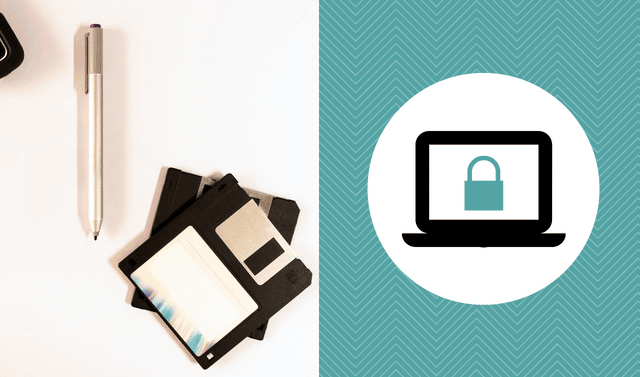Sign up for the Family Tree Newsletter Plus, you’ll receive our 10 Essential Genealogy Research Forms PDF as a special thank you!
Get Your Free Genealogy Forms
"*" indicates required fields
Don’t let your family’s story fade away: The tools in our Ultimate Genealogy Keepsakes Collection, available only in November 2011, will help you make sure your family’s legacy is passed on to future generations. See what’s included at Family Tree Shop.
Q. How can my ancestor’s collectibles be a family history treasure?
A. A person’s collection tells us something about the owner and connects us to him or her, whether it was someone we loved or someone we never met. When a person really cared for a collection—kept things organized and in good condition—it tells us that this was a significant part of their lives, something that was important to them.
Q. Should I divvy up an heirloom collection or keep it intact?
A. My advice is to keep a collection together as much as possible. Here at the historical society, we don’t split things up. We keep items together so the collection is complete and cohesive. This is what my family has done, too; we make and distribute digital images so everyone has everything.
Q. Should I have my collection appraised?
A. If you’re going to keep it in your home, you might want to. An appraisal will help you if you decide to add it to your homeowner’s or renter’s insurance policy.
Q. How should I store or display my collection?
A. If it’s mainly paper, don’t put the originals on display. Instead, scan them at a high resolution (more than 300 dots per inch) and display printed copies. Keep the originals stored in acid-free boxes and folders in a closet away from any plumbing. Keep them at a constant temperature and humidity: no attics, no basements. For more information on caring for specific kinds of collections, consult a conservator or Saving Stuff: How To Care for and Preserve Your Collectibles, Heirlooms, and Other Prized Possessions by Don Williams and Louisa Jaggar (Fireside).
Q. What if I’d like to donate my collection?
A. When you find an appropriate museum, library or other institution, make an appointment; don’t make a drive-by donation. Be ready for them to say they don’t want your collection. But if they do want it, be prepared to tell its story the best you can. What do you know about the owners? What do you know about the collection itself? Caption any pictures—we need to know who the people are.
Q. Where do I find archival supplies to help preserve collectibles?
Shredded archival tissue, $14.70 for 1 lb.
University Products, <www.universityproducts.com>, (800) 628-1912
Gaylord, <www.gaylord.com>, (800) 962-9580
Hollinger Metal Edge, <www.hollingermetaledge.com>, (800) 862-2228
ADVERTISEMENT




